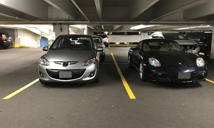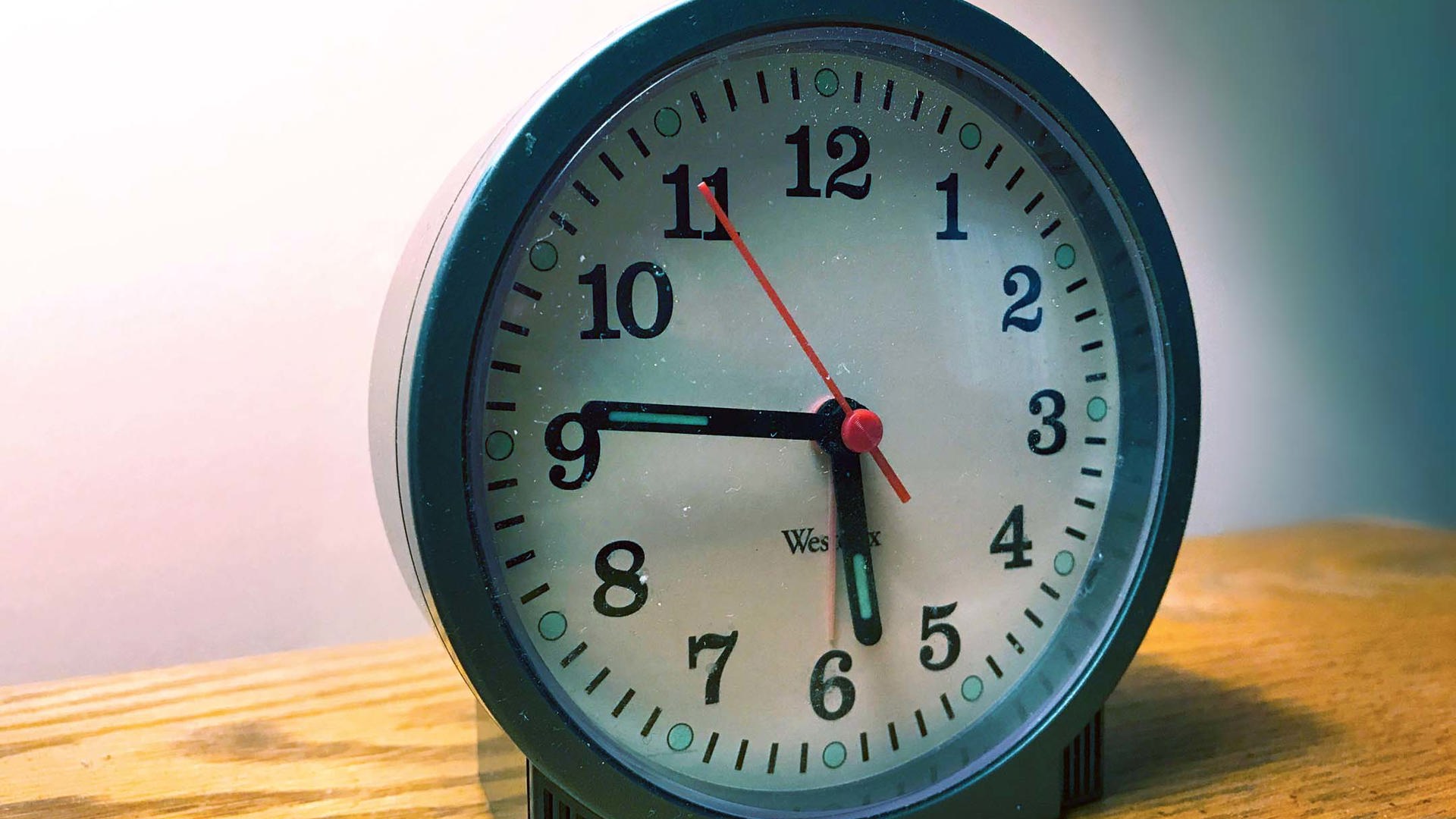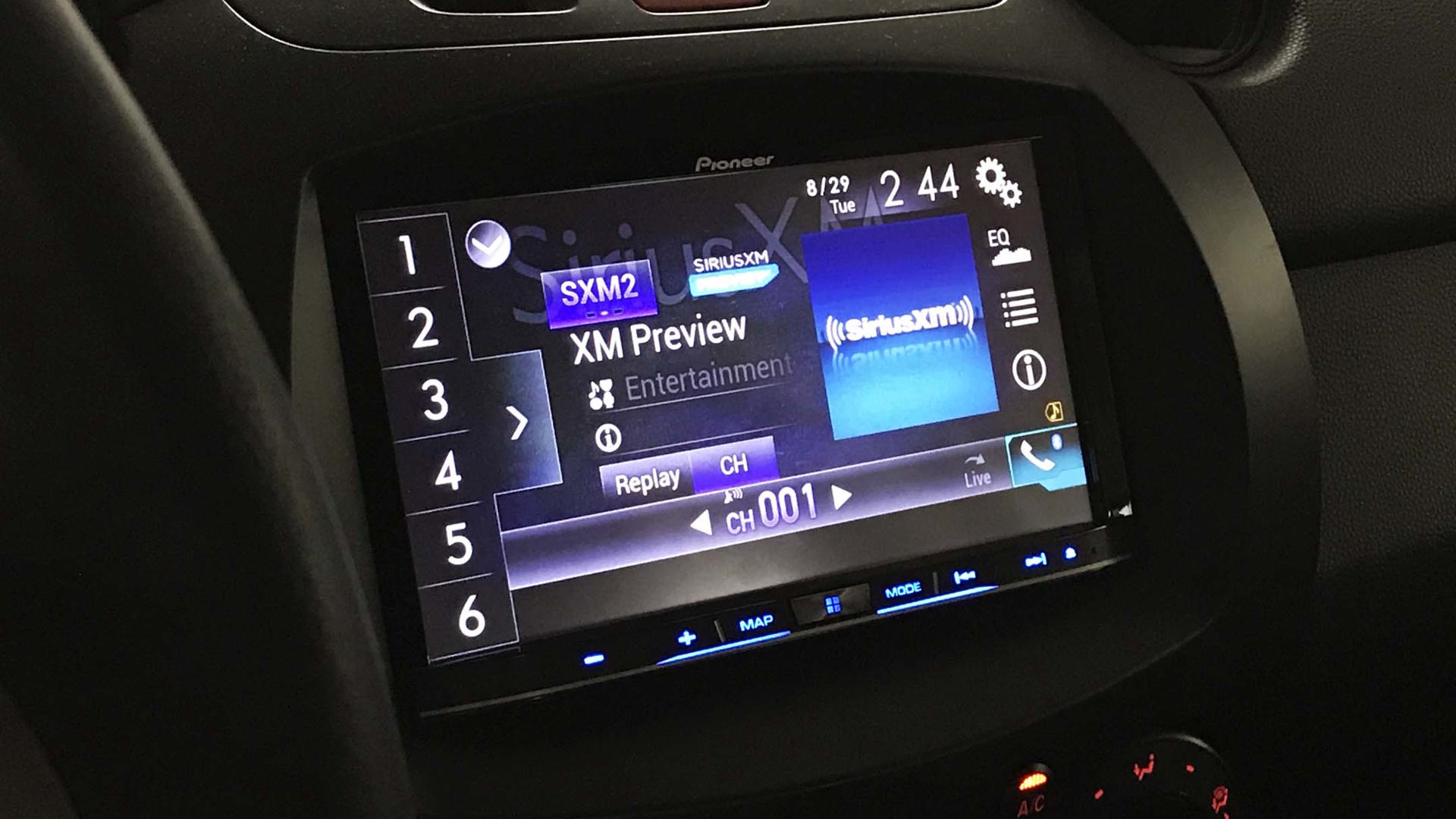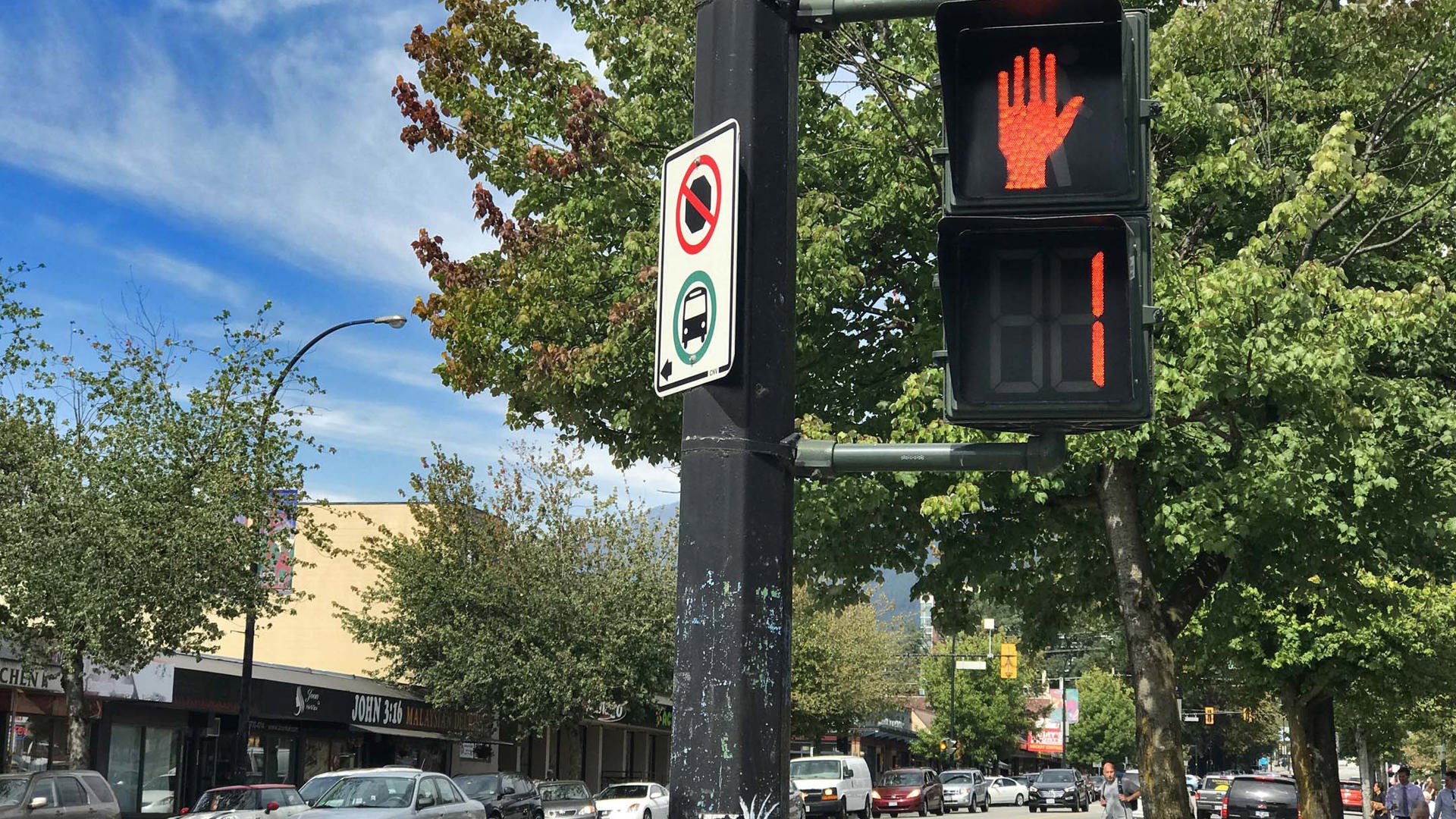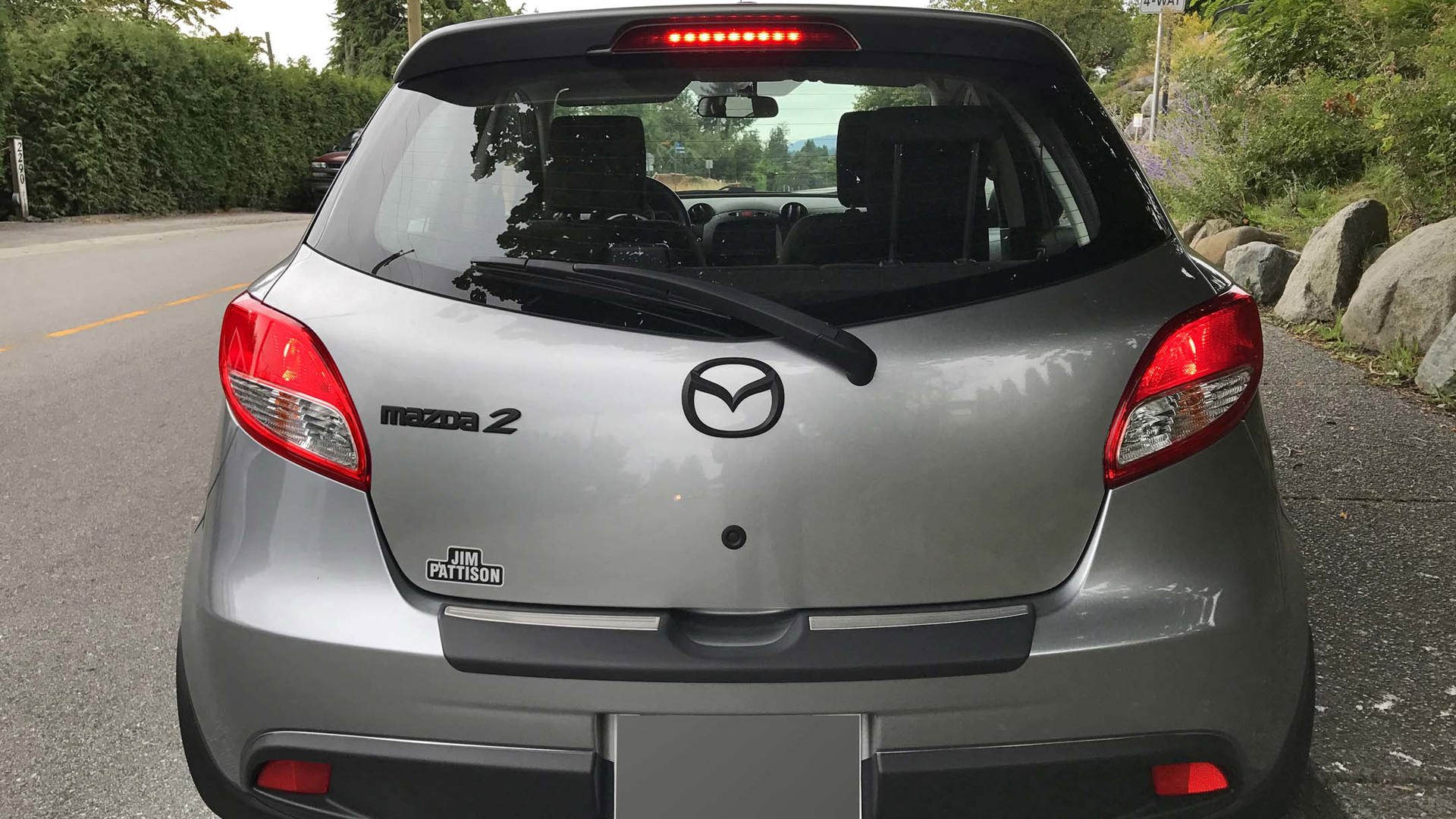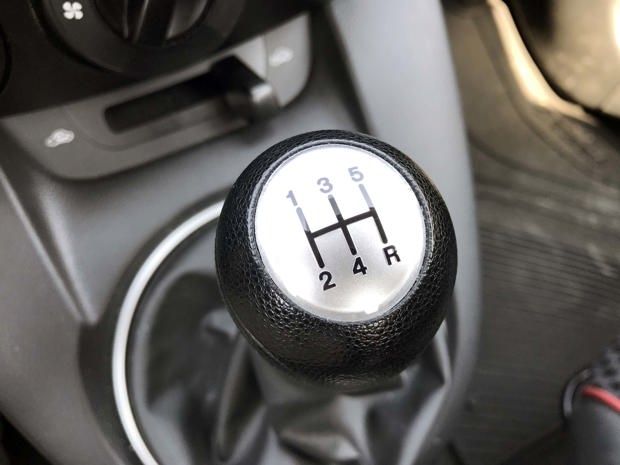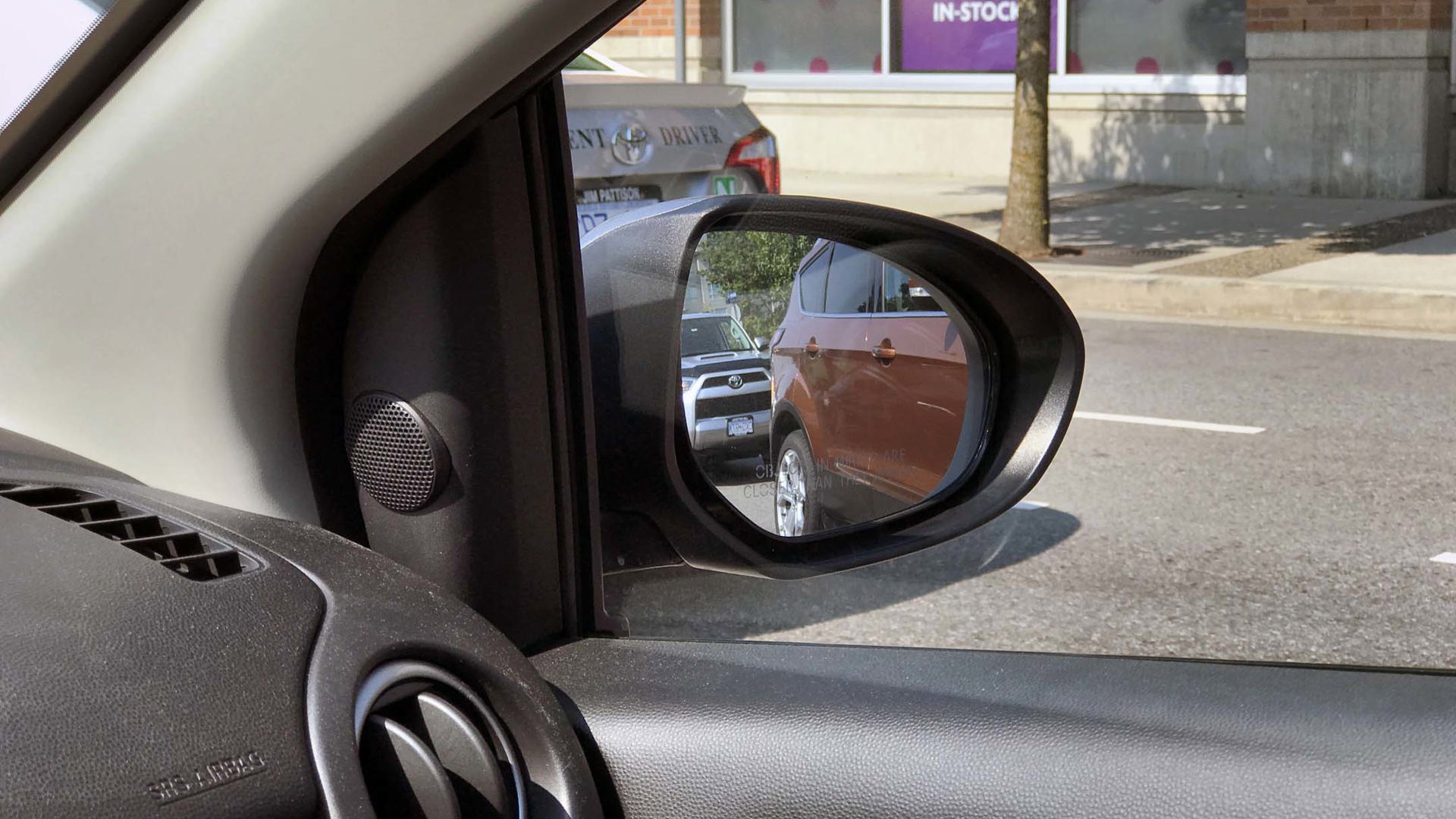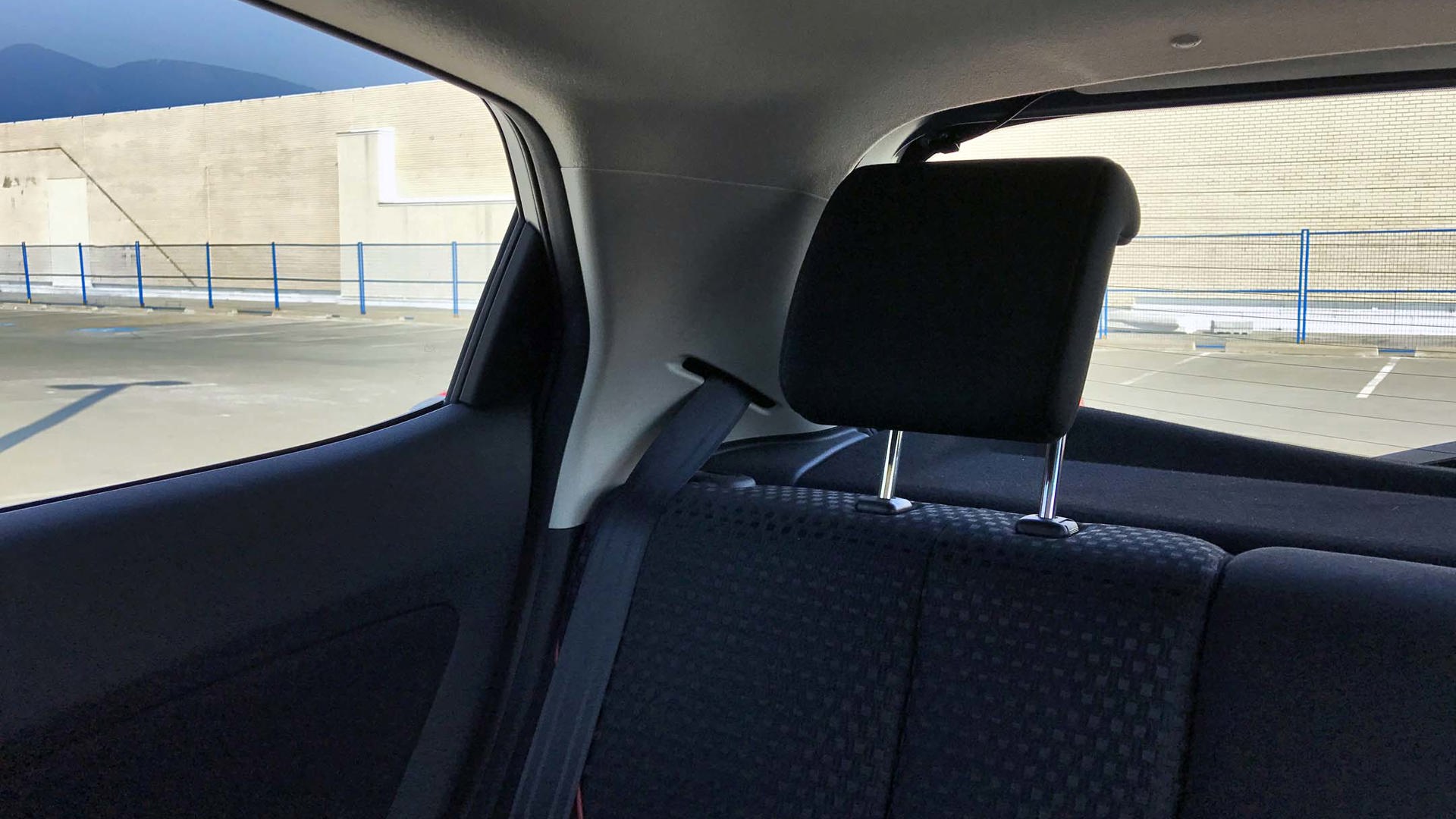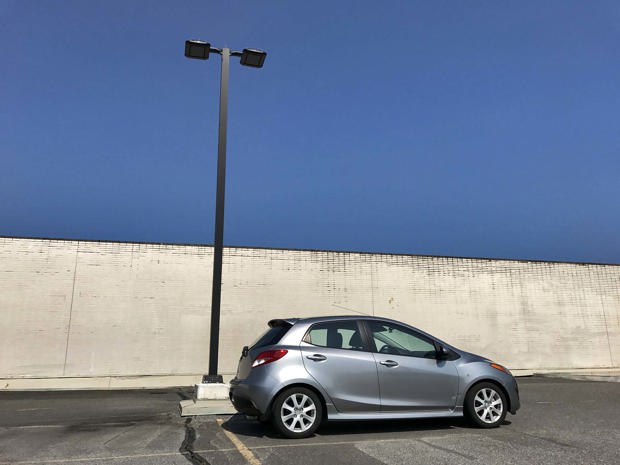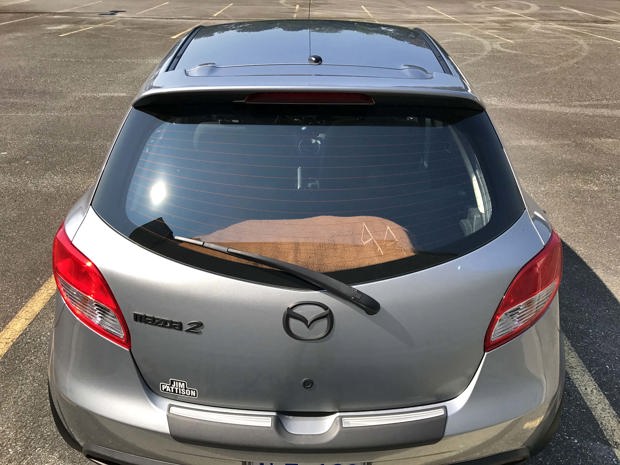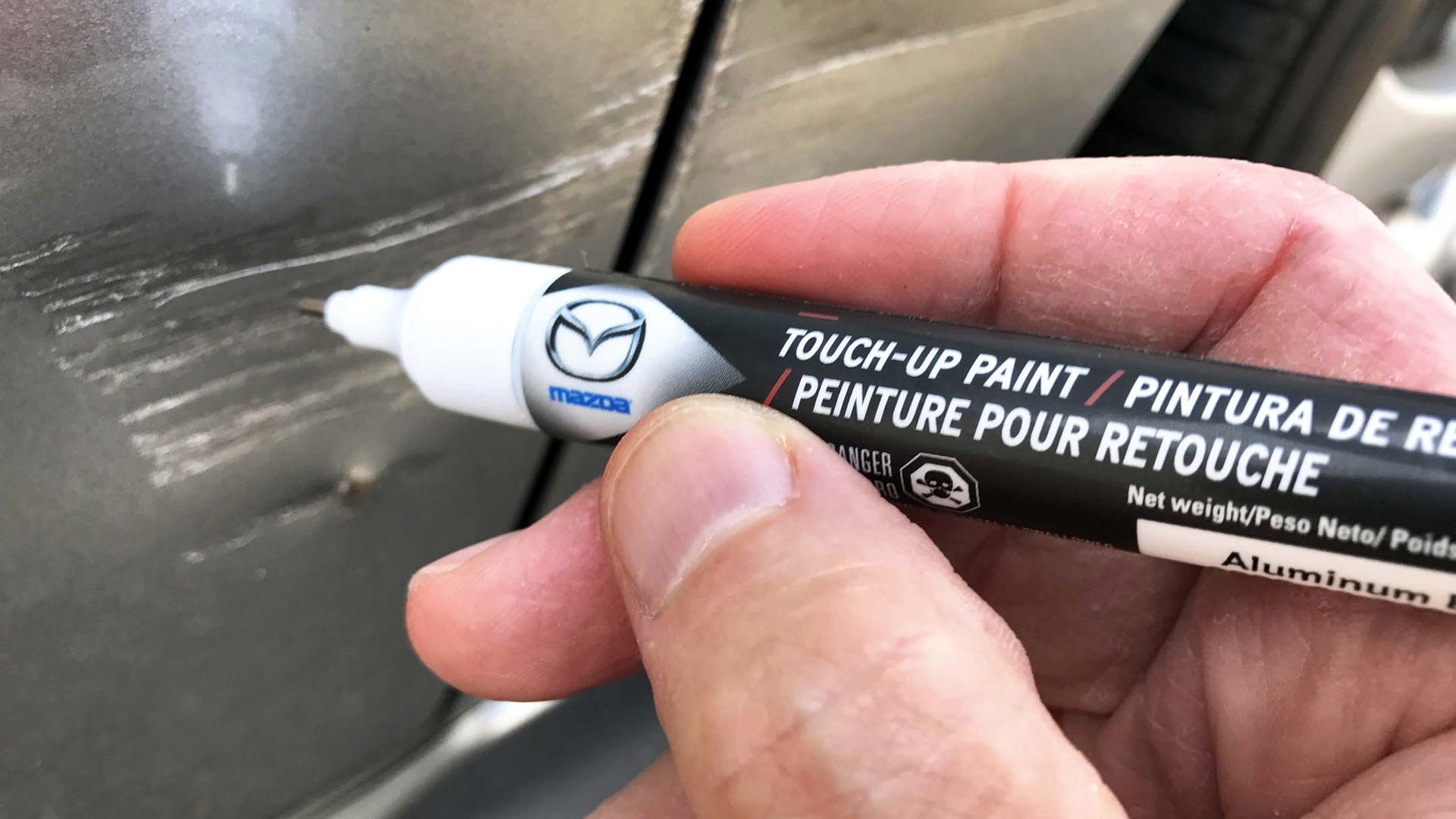Even for those of us who love to drive, the driver’s seat is not always a happy place to be. Numerous studies show the longer your daily commute, the more stressed you become. In Canada, the average driver takes 25.4 minutes to reach their workplace with the longest (one-way) commutes in Toronto (42 min), Montreal (36 min) and Vancouver (33 min).
For some Canadian drivers, travel times are considerably longer: StatsCan’s National Household Survey found that 17.2 percent of Canadians take 45 minutes or more to get to work. Long commutes have been linked to exhaustion, hypertension, lack of exercise, and obesity.
One way to make life easier is to change your lifestyle: move closer to work, change your work hours, work from home, or take public transit. But big lifestyle changes aren’t always realistic or affordable for suburban commuters.
A simpler strategy is to modify your driving techniques to minimize potentially stressful situations. We’ve put together a few tips to help you make your daily commute, and your life, a little bit easier.
Leave earlier than you need to
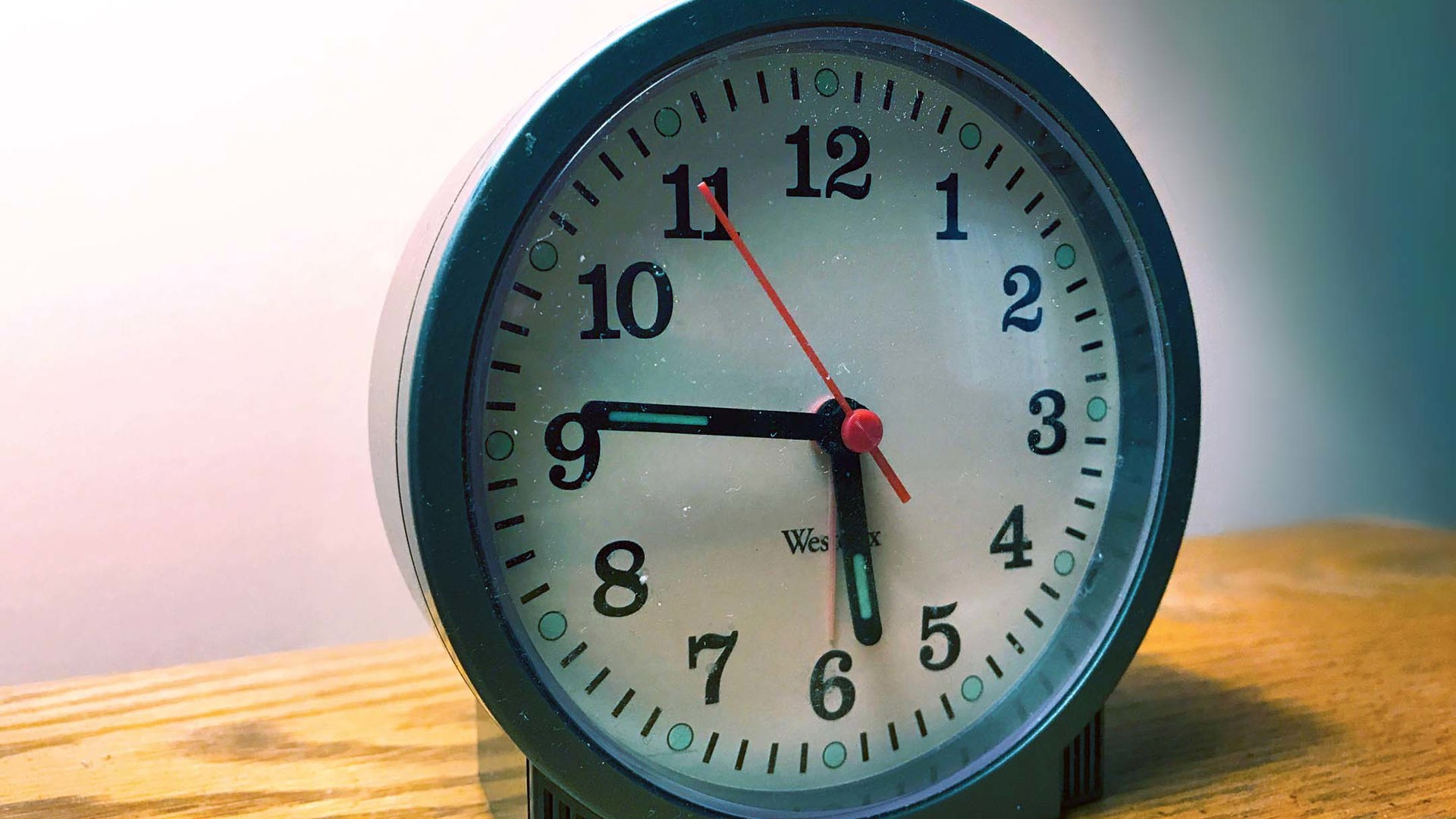
If there’s an unexpected traffic delay (which there almost always is), you won’t be sweating about whether you’ll get to work on time or miss your doctor’s appointment. If you arrive too early, relax and have a coffee!
For longer commutes, consider satellite radio
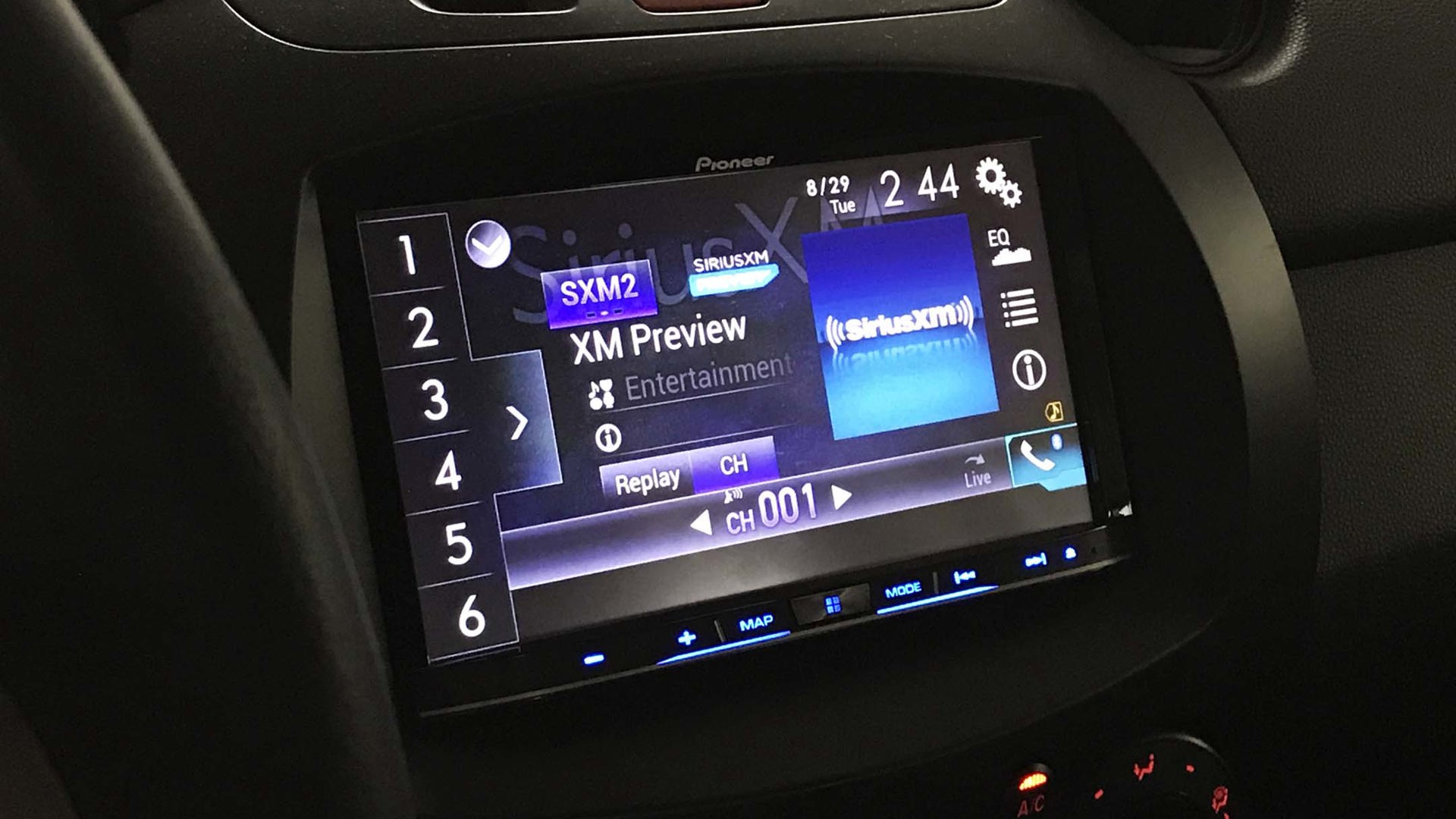
With so many channels, there’s always something new to keep you from getting bored, frustrated, or fatigued. And unlike local radio stations, satellite radio channels are consistent no matter where you go.
If you listen to music from your phone, consider having a separate playlist for times when you need something fresh.
Walk/Don’t Walk signs – not just for pedestrians
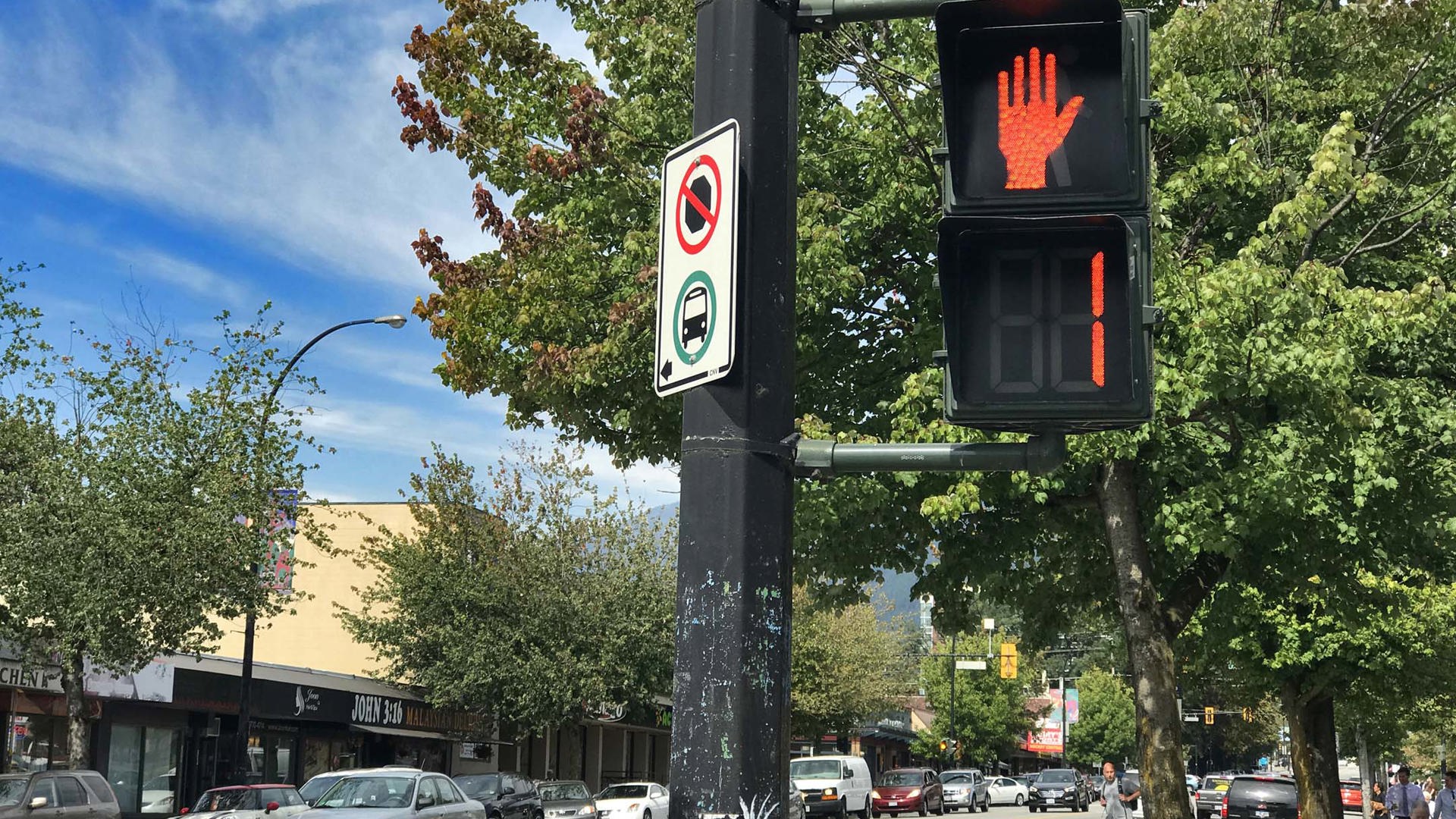
By checking the seconds left on the pedestrian signal countdown, you’ll know in advance when the traffic light will turn orange, giving you more time to brake before it turns red.
Note of course that certain pedestrian signal countdowns stop well in advance of the orange light, especially at larger intersections.
Trouble ahead? Alert the driver behind you
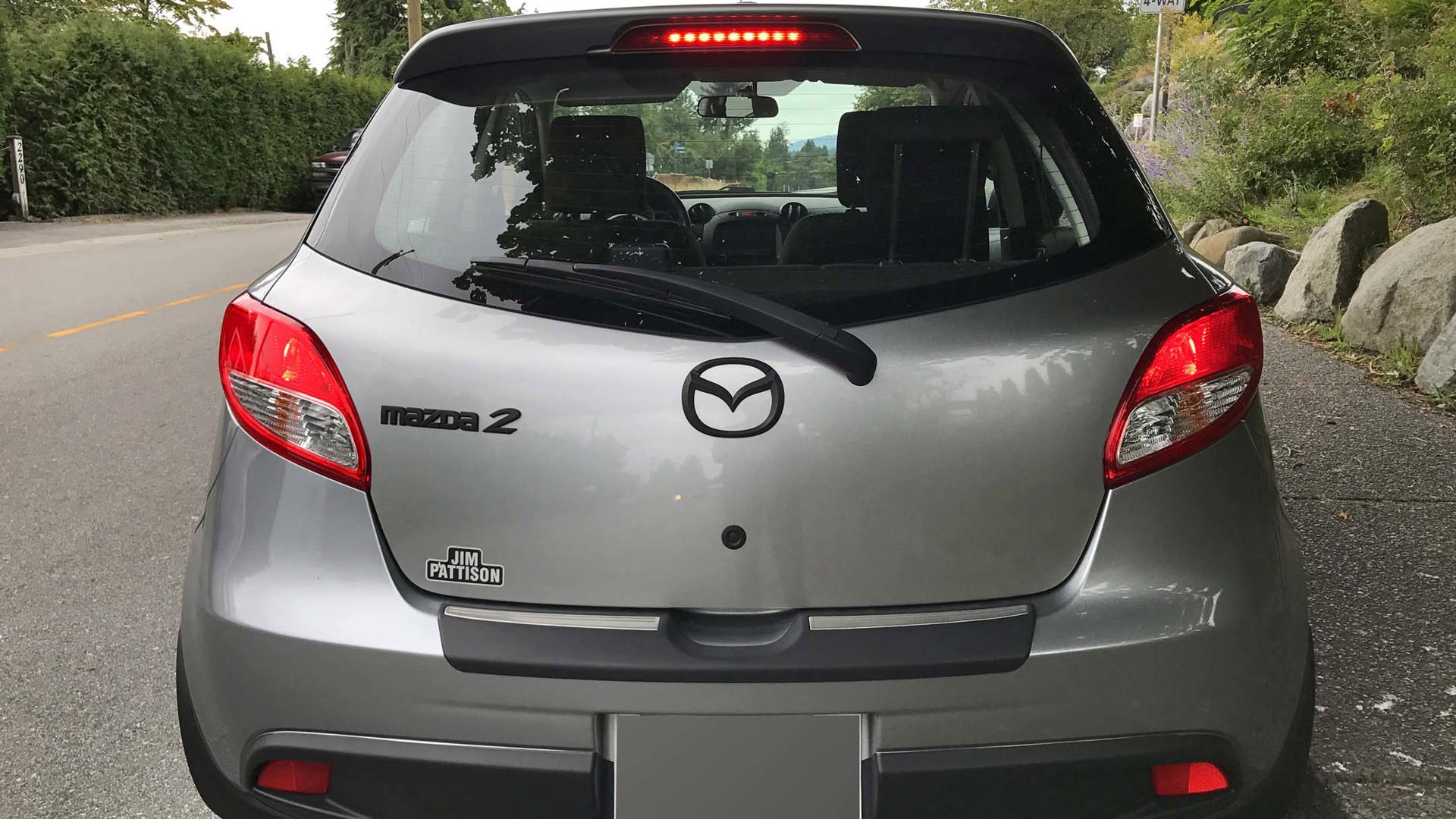
If you anticipate a sudden stop, tap the brake pedal three or four times to alert the driver behind you. Brake-light flashes will alert the other driver to slow down in advance and maybe prevent a rear-ender.
Higher gear = lower fuel consumption
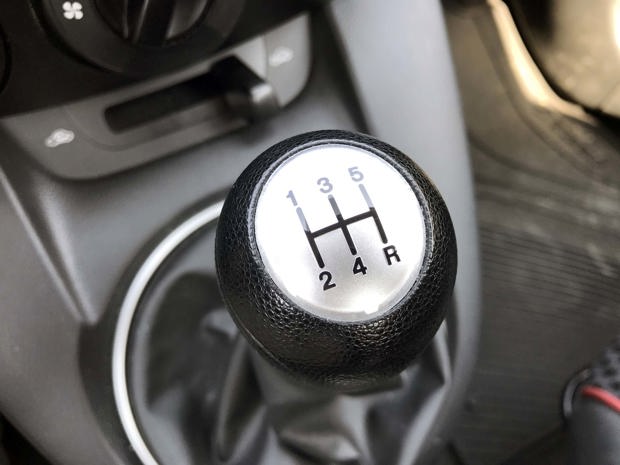
If you have a manual transmission, shift up to the highest gear possible to save fuel, even around town. It’s quieter too, and you’ll save money.
Use your side mirrors, properly
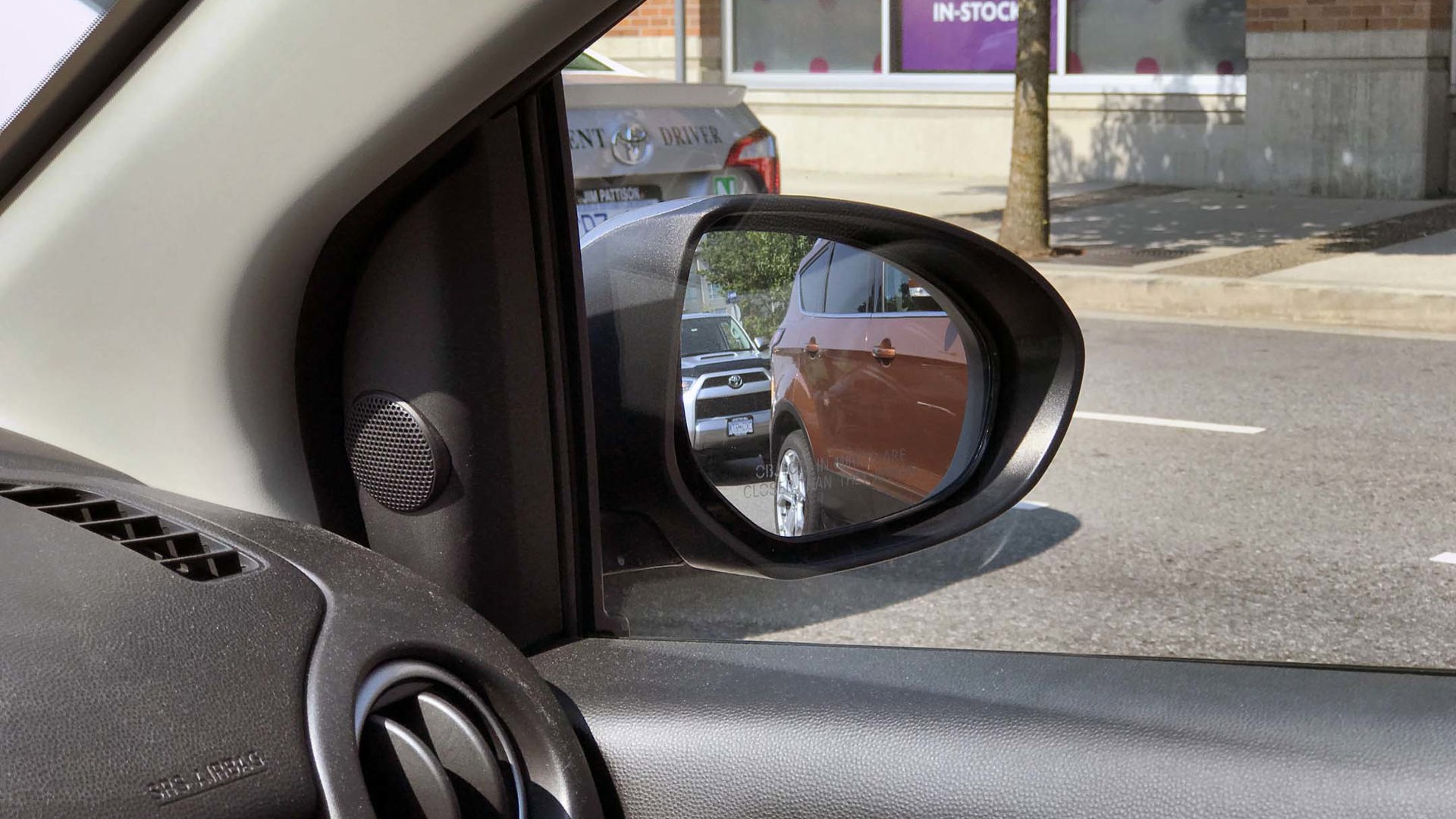
Adjust your side mirrors out so you can’t see your own car. Now you can see the vehicles in your blind spots.
Remove blind spots in your own car
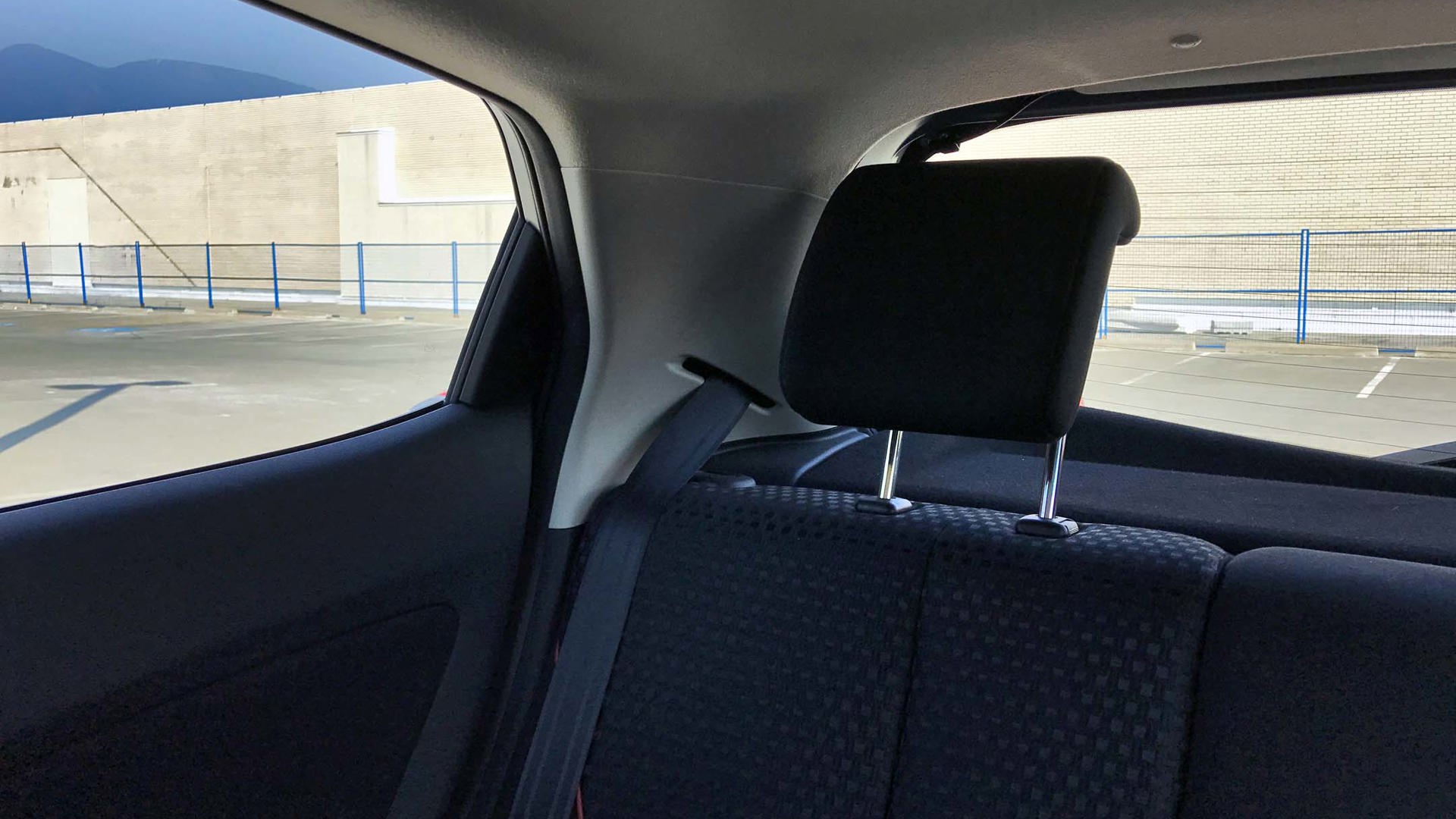
Rear head restraints can block your vision when shoulder-checking. Lower the rear headrests to improve rear visibility.
Ditto for any cargo riding with you. Lay tall objects flat if possible, or distribute items to minimize their height. You’ll see better, and they’ll shift around less.
Avoid getting door-dings with strategic parking
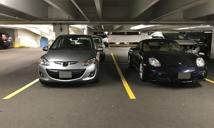
Park on one side of an end parking spot. Now you’re a safe distance from careless door openers.
Parking overnight? Look for the light
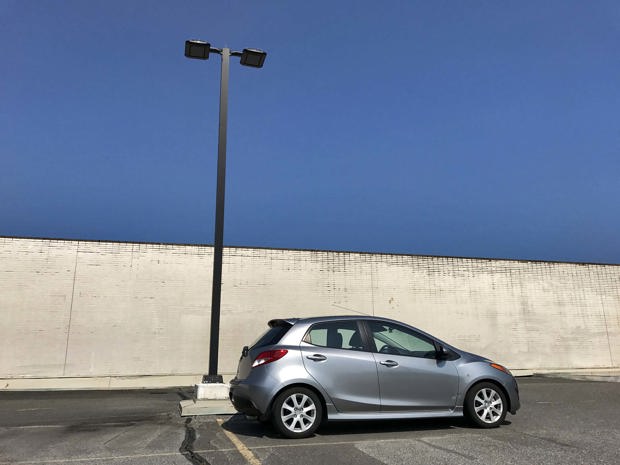
Leave your car under a street light/parking lot lamp; thieves don’t like to operate where people can see them.
Cargo covers: privacy and security
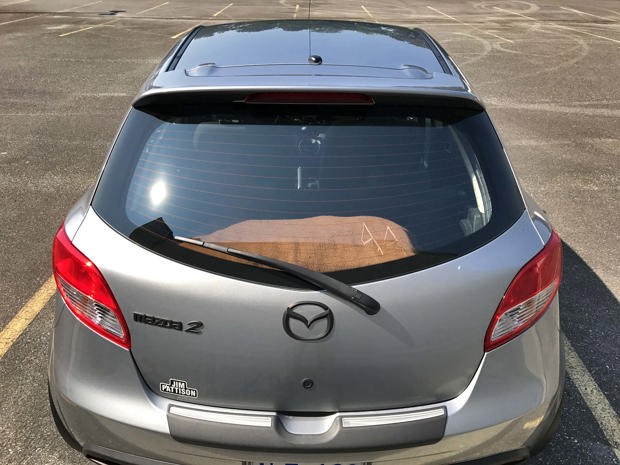
Use an old, dark-coloured blanket to hide the contents of your cargo area. Makes it less tempting for thieves.
DIY paint repair
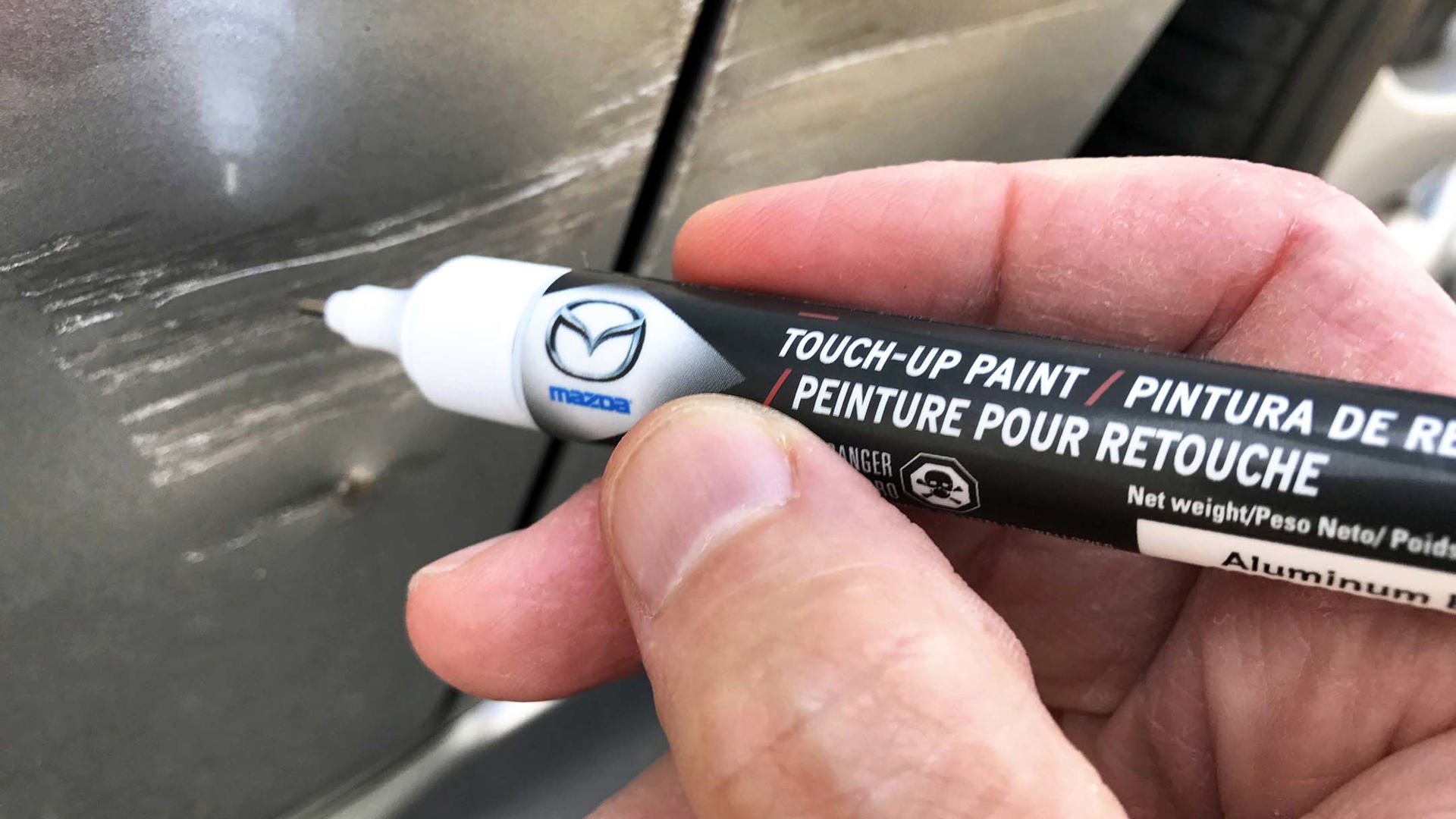
Had a minor fender bender? Hide paint scratches with colour-matched paint from your new car dealer’s parts department… maybe your spouse won’t notice it.
